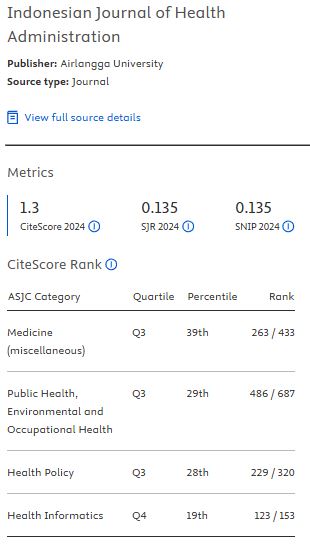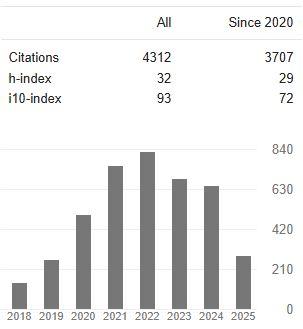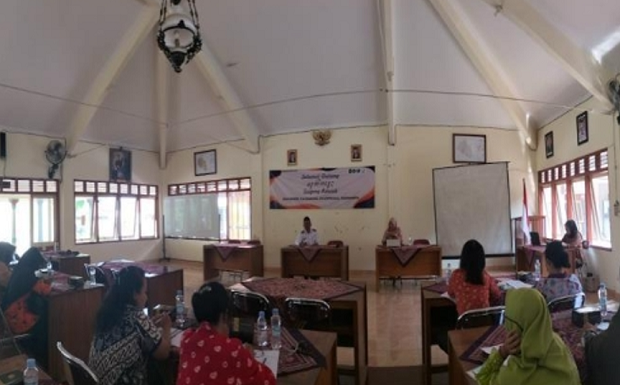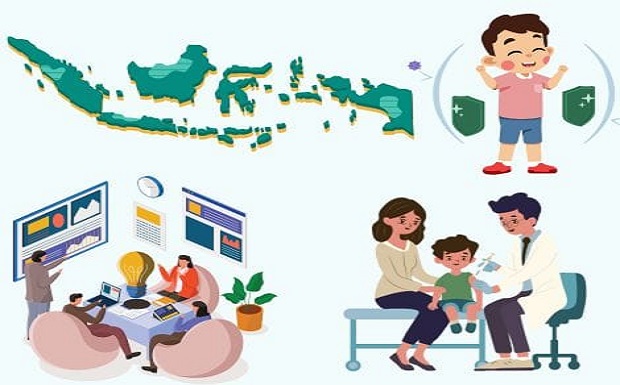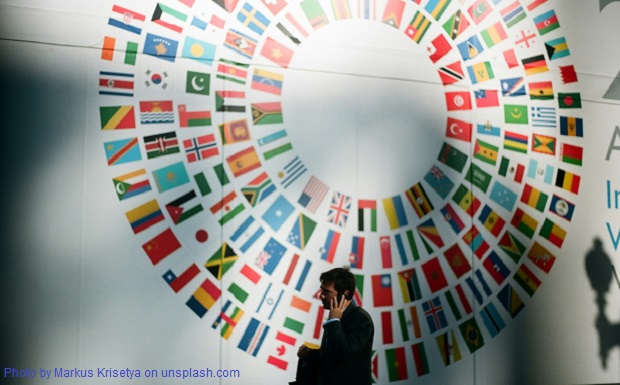SRI LANKA OXYGEN READINESS AND STRATEGIES ADAPTED FOR COVID-19 PATIENTS' MANAGEMENT

Background: Shortly after the Covid-19 oxygen crisis in India, the Sri Lanka Ministry of Health started investigating and analyzing gaps in oxygen production, supplies and demands.
Aims: This study aimed to evaluate the preparedness in Covid-19 cases management and recommend strategies to prevent oxygen crisis in healthcare facilities.
Methods: This study used information on oxygen source redundancy and delivery methods to assess whether a healthcare facility is prepared to provide the necessary oxygen demand for patients in need and to estimate the number of patients that can be treated with the currently available oxygen supplies. The predicted oxygen supplies and demands were assessed with a panel of experts using qualitative and quantitative methods. Data were collected using the Health Information Update System.
Results: Sri Lanka had 39,529 designated hospital beds including Intensive Care Unit and High Dependency Unit beds for Covid-19 patients. Even though an average number of patients were reaching 30,000, the actual oxygen demands were around 1,200 which were easily manageable with the current capacity of 80 tons per day.
Conclusions: Sri Lanka has made progress to increase access to oxygen by using novel methods to procure and increase oxygen availability, storing, and carrying capacity.
BBC News (2021) Covid-19 in India: Cases, deaths and oxygen supply. Available at: https://www.bbc.com/
news/world-asia-india-56891016.
Bhutta, Z.A. et al. (2021) ‘Beyond the numbers: understanding the diversity of covid-19 epidemiology and response in South Asia', BMJ, p. n1544. Available at: https://doi.org/10.1136/bmj.n1544.
Cavallo, J.J., Donoho, D.A. and Forman, H.P. (2020) ‘Hospital Capacity and Operations in the Coronavirus Disease 2019 (COVID-19) Pandemic”Planning for the Nth Patient', JAMA Health Forum, 1(3), pp. e200345–e200345. Available at: https://doi.org/10.1001/JAMAHEALTHFORUM.2020.0345.
Census of Population and Housing (no date) ‘Growth of Population, 2014-2019'. Available at: http://www.statistics.gov.lk/Pocket%20Book/chap02.pdf (Accessed: 20 July 2021).
Colombo Page (2020) Sri Lanka : First Sri Lankan coronavirus patient in the country identified. Available at: http://www.colombopage.com/archive_20A/Mar11_1583903965CH.php.
Department of Census and Statistics of Sri Lanka (2021) Statistical Pocket Book 2021. Colombo: Department of Census and Statistics of Sri Lanka. Available at: http://www.statistics.
gov.lk/Pocket%20Book/chap02.pdf.
Epidemiology Unit Ministry of Health (2021) Coronavirus disease 2019 (Covid-19) -Situation Report, daily update. Available at: http://www.epid.gov.lk/ web/images/pdf/corona_virus_report/sitrep-sl-en-16-07_10_21.pdf.
Hafeez, S. et al. (2021) ‘Emerging concerns regarding COVID"19; second wave and new variant', Journal of Medical Virology, 93(7), pp. 4108–4110. Available at: https://doi.org/10.1002/jmv.26979.
Long, L. et al. (2021) ‘Effect of early oxygen therapy and antiviral treatment on disease progression in patients with COVID-19: A retrospective study of medical charts in China', PLoS neglected tropical diseases, 15(1), pp. 1–15. Available at: https:// doi.org/10.1371/JOURNAL.PNTD.0009051.
Manager oxygen world limited (2021) ‘Current total oxygen consumption at Minstry of Health, Sri Lanka'.
Pinto V, et al. (2020) Interim guidelines on management of critically ill patients with covid-19. Available at: https://anaesthesia.lk/wp-content/uploads/2020/05/guidelines-on-management-of-covid-19-icu-patient-college-Copy.pdf (Accessed: 15 July 2021).
Sri Lanka Ministry of Health (2021a) ‘Circular Revised clinical practice guidelines on institutional management of Covid-19 patients in Sri Lanka'. Epidemiology unit.
Sri Lanka Ministry of Health (2021b) Corona virus situation report. Epidemiology Unit, Sri Lanka Ministry of Health. Available at: https://www.epid.gov.lk/web/images/pdf/corona_virus_report/sitrep-sl-en-16-07_10_21.pdf.
Secretary College of Anaesthesiologists & Intensivists of Sri Lanka (2021) ‘Management of mild Covid-19: symptomatic treatment'.
Secretary to the State Ministry of Pharmaceutical Production, Supply and Regulation (2021) ‘Deployment of portable bedside Oxygen concentrators to mitigate the risk of cylinder based capacity in hospital'.
Secretary of Production, Supply and Regulation of Pharmaceuticals state Ministry of Sri Lanka (2021) ‘Oxygen supply to state health sector in Sri Lanka'.
Smith, L. et al. (2020) COVID-19 and Oxygen: Selecting Supply Options in LMICs that Balance Immediate Needs with Long-Term Cost-Effectiveness. Center for Global Development. Available at: https://www.cgdev.org/sites/default/files/Covid-19-and-Oxygen.pdf.
University of Birmingham (2021) ‘Sri Lanka Country Profile'. Available at: https://www.birmingham.ac.uk/Documents/college-artslaw/ptr/ciforb/resources/Sri-Lanka.pdf (Accessed: 15 July 2021).
WHO (2020a) Oxygen sources and distribution for COVID-19 treatment centres Interim guidance Background. Available at: https://apps.who.int/iris/bitstream/handle/10665/331746/WHO-2019-nCoV-Oxygen_sources-2020.1-eng.pdf.
WHO (2020b) Rapid hospital readiness checklist for COVID-19, 25 November 2020. Geneva: World Health Organization. Available at: https://apps.who.int/ iris/handle/10665/337039.
WHO (2021a) COVID-19 oxygen emergency impacting more than half a million people in low- and middle-income countries every day, as demand surges. Available at: https://www.who.int/news/item/25-02-2021-covid-19-oxygen-emergency-impacting-more-than-half-a-million-people-in-low--and-middle-income-countries-every-day-as-demand-surges.
WHO (2021b) Living guidance for clinical management of COVID-19. Geneva: World Health Organization. Available at: https://www.who.int/publications/i/ item/WHO-2019-nCoV-clinical-2021-2.
WHO (2021c) WHO Model List of Essential Medicines–22nd List (2021). Geneva: World Health Organization. Available at: https://www.who.int/publications/i/ item/WHO-MHP-HPS-EML-2021.02.
Copyright (c) 2022 Dilip Hukkaduwa Liyanage, Maddage Don Athula Krishanth, Peththahandi Nadhee Wickramaratne, Adimalee Kankanamalage Sunil Bernard De Alwis, Pannapitiyage Wijeyala Chandrasiri Pannapitiya, Udawatta Arachchige Anura Sampath Perera, Iranga Sachinthika Yaddehige

This work is licensed under a Creative Commons Attribution-ShareAlike 4.0 International License.
1. As an author you (or your employer or institution) may do the following:
- make copies (print or electronic) of the article for your own personal use, including for your own classroom teaching use;
- make copies and distribute such copies (including through e-mail) of the article to research colleagues, for the personal use by such colleagues (but not commercially or systematically, e.g. via an e-mail list or list server);
- present the article at a meeting or conference and to distribute copies of the article to the delegates attending such meeting;
- for your employer, if the article is a ‘work for hire', made within the scope of your employment, your employer may use all or part of the information in the article for other intra-company use (e.g. training);
- retain patent and trademark rights and rights to any process, procedure, or article of manufacture described in the article;
- include the article in full or in part in a thesis or dissertation (provided that this is not to be published commercially);
- use the article or any part thereof in a printed compilation of your works, such as collected writings or lecture notes (subsequent to publication of the article in the journal); and prepare other derivative works, to extend the article into book-length form, or to otherwise re-use portions or excerpts in other works, with full acknowledgement of its original publication in the journal;
- may reproduce or authorize others to reproduce the article, material extracted from the article, or derivative works for the author's personal use or for company use, provided that the source and the copyright notice are indicated.
All copies, print or electronic, or other use of the paper or article must include the appropriate bibliographic citation for the article's publication in the journal.
2. Requests from third parties
Although authors are permitted to re-use all or portions of the article in other works, this does not include granting third-party requests for reprinting, republishing, or other types of re-use.
3. Author Online Use
- Personal Servers. Authors and/or their employers shall have the right to post the accepted version of articles pre-print version of the article, or revised personal version of the final text of the article (to reflect changes made in the peer review and editing process) on their own personal servers or the servers of their institutions or employers without permission from JAKI;
- Classroom or Internal Training Use. An author is expressly permitted to post any portion of the accepted version of his/her own articles on the author's personal web site or the servers of the author's institution or company in connection with the author's teaching, training, or work responsibilities, provided that the appropriate copyright, credit, and reuse notices appear prominently with the posted material. Examples of permitted uses are lecture materials, course packs, e-reserves, conference presentations, or in-house training courses;


